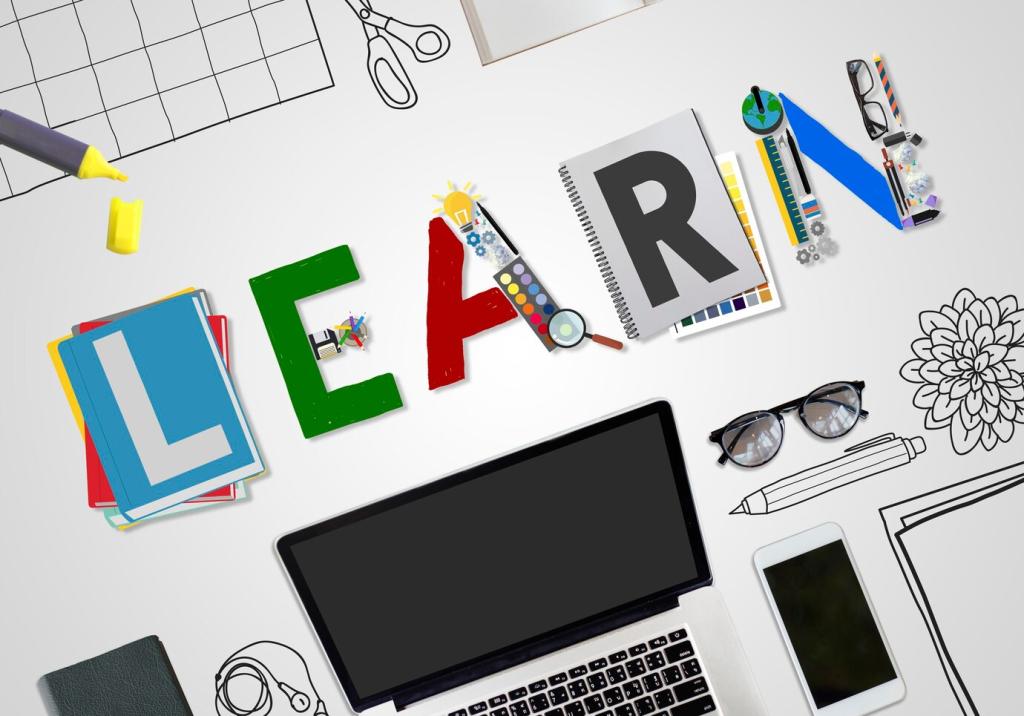Designing Engaging Content for Adaptive Journeys
Breaking standards into precise, assessable skills enables the platform to target gaps accurately. Authors craft varied tasks around each skill, from worked examples to generative prompts. Which micro-skills challenge your learners most? Comment and we will propose sample tasks.
Designing Engaging Content for Adaptive Journeys
Adaptive help should nudge, not spoil. Layered hints, visual cues, and minimal worked steps preserve thinking while preventing frustration. Share a moment when the right hint unlocked understanding, and we will feature your story in our next newsletter.
Designing Engaging Content for Adaptive Journeys
Narrative arcs, meaningful choices, and light gamification sustain curiosity without overshadowing learning goals. Badges celebrate mastery; choices cultivate agency. Tell us what motivates your community, and we will compile a reader-powered list of engagement ideas to try.
Designing Engaging Content for Adaptive Journeys
Lorem ipsum dolor sit amet, consectetur adipiscing elit. Ut elit tellus, luctus nec ullamcorper mattis, pulvinar dapibus leo.







